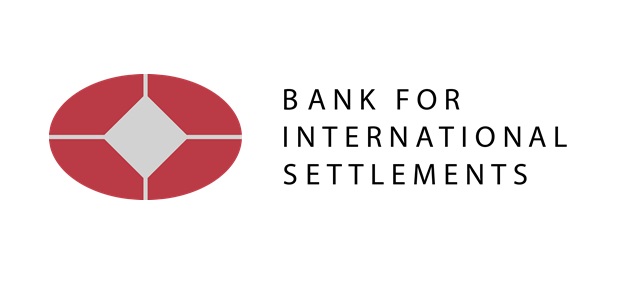Keep calm and bank on: panic-driven bank runs and the role of public communication

On 9 March 2023, Silicon Valley Bank (SVB) was pushed into insolvency by an exceptionally rapid bank run (deposit outflows of over $40 billion), stoking fears that other banks could experience similar runs. To reassure depositors, the US President and the Federal Reserve made public statements expressing confidence in the stability of the US banking system. Does news about a large bank failure increase the risk of other bank runs? And can public communication by political leaders or central banks contain such a risk?
In this paper, the authors address these questions by examining the results of a household survey conducted after SVB’s collapse. The survey collected data on households’ perceptions about bank and deposit risk, their portfolio allocation preferences, the propensity to switch bank, knowledge about the events surrounding the SVB collapse, and how they would react to the risk of the bank failing. Furthermore, the survey included information provision experiments that make it possible to isolate the causal effects of news about SVB and public communication on people’s propensity to withdraw their deposits.
Findings
„We find that information about the SVB collapse make households more inclined to withdraw deposits as they perceive a higher risk of bank failure and expect higher losses on deposits if their bank were to fail. Households reallocate deposit withdrawals primarily into other banks and cash. We find no evidence that deposit risk increases demand for cryptocurrencies.” according to the paper.
The analysis also shows that public communication by the Fed – as well as information about FDIC deposit insurance – can be effective tools to reassure depositors. By contrast, communication by political leaders tends to influence only their electoral base, underscoring the limits of political communication in the highly polarised political environment at present.
Abstract
Using a survey with information treatments conducted in the aftermath of SVB’s collapse, we study households’ perspectives on bank stability, the potential for panic-driven bank runs, and the role of public communication. When informed about SVB’s collapse, households become more likely to withdraw deposits, due to both a higher perceived risk of bank failure and higher expected losses on deposits in case of bank failure.
Leveraging hypothetical questions and the exogenous variation in beliefs generated by the information treatments, we show that households reallocate deposit withdrawals primarily into other banks and cash, with little passthrough into spending. Information about FDIC insurance and communication about bank stability by the Federal Reserve can reassure depositors, while communication from political leaders only influences their electoral base.
______________
BIS Working Papers No 1119 – Keep calm and bank on: panic driven bank runs and the role of public communication
Dariusz Mazurkiewicz – CEO at BLIK Polish Payment Standard
Banking 4.0 – „how was the experience for you”
„To be honest I think that Sinaia, your conference, is much better then Davos.”
Many more interesting quotes in the video below:









